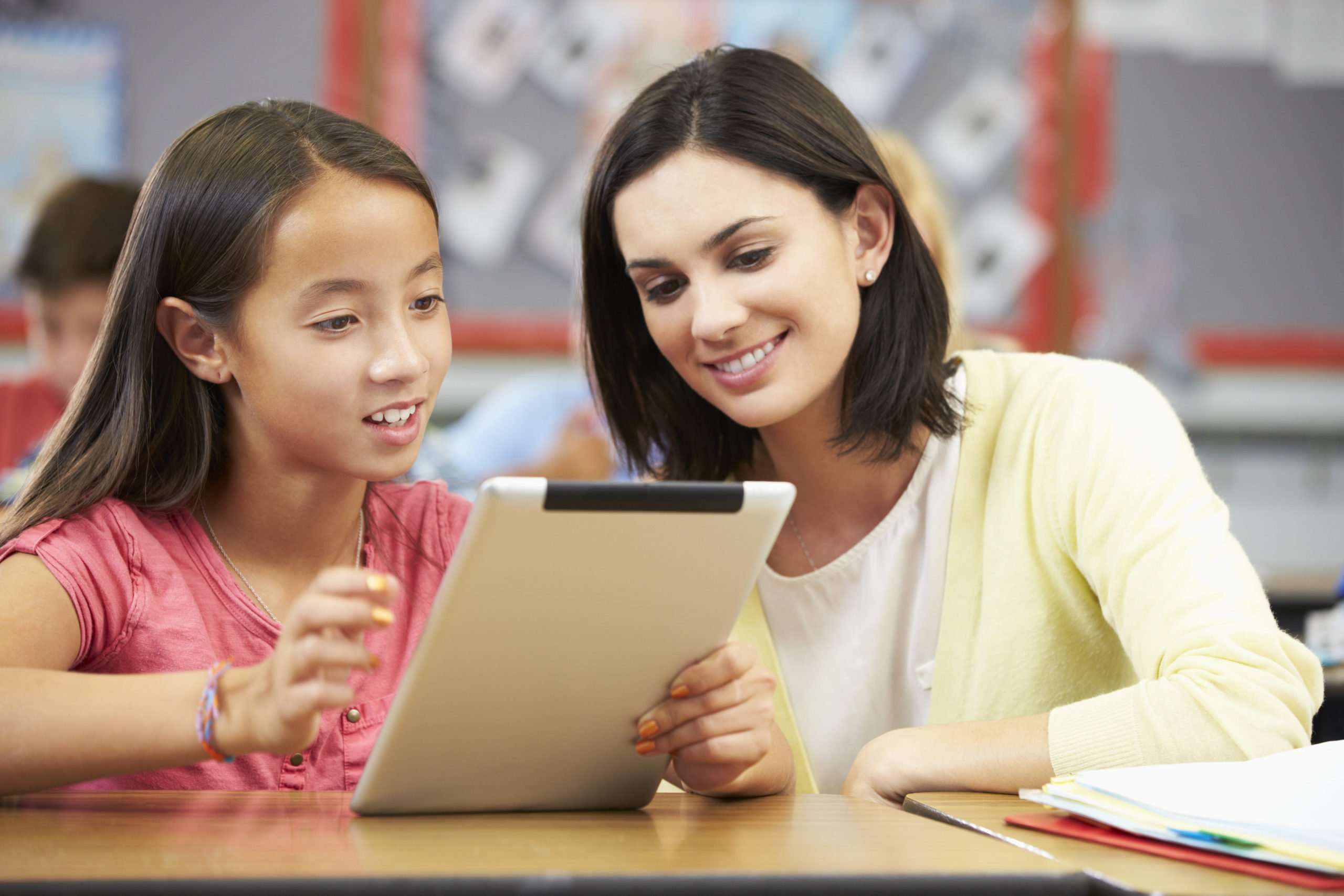Technology can be a wonderful tool for students, but excessive use of technology outside of school may be disrupting healthy social connections with family members, friends, and other adults, such as their classroom teachers and instructors. The rise of technology has made it even more vital for teachers to build healthy connections with their students. Teachers who are in touch with the needs of their students – whether academically, socially, emotionally, or otherwise – will better connect with the students in their classroom.
While this does not necessarily mean every teacher needs to be personally involved in their students’ lives outside of the classroom, it does mean teachers need to have an idea of what is taking place in their students’ lives.
For example, if a student walks into the classroom with their head down, appearing sleep-deprived and out of touch, they should not be ignored. If a teacher has built connections with his or her students, approaching this student to discuss possible issues will be much easier for both the teacher and the child. The student will be more inclined to discuss their issues because the teacher has previously built connections with them.
Building Connections with Students
So how can you build connections with your students? Depending on the grade level of your students, some connections will be easier to build than others. A student’s background may affect the strength of the connections as well. For example, younger students are more likely to feel a need for those connections with their teachers, while upper elementary or middle school students will be less open to close connections.
Of course, students who experience dysfunction at home may be more than willing to seek those connections with adults at school. In fact, many of them will need those connections and they will be motivated by them to come to school each day, especially older students.
Strategies for connecting with your students may include one or more of the following:
Talking to Them
Your students have a life outside of school. Ask them questions like you would anyone else. What exciting things did you do over the weekend? Do you have a pet? What is your favorite food? Conduct a “regular” conversation with your students – both one-on-one and as a class – but not about school-related topics. Talking can take place as students walk into the classroom, at the end of instruction, while waiting in line at the water fountain, or during other spare moments when learning is not disrupted or disturbed.
Attending Extra-Curricular Activities
Nearly all schools include opportunities for students to participate in extra-curricular activities such as sports teams, music lessons, clubs, talent shows, and much more. These scheduled activities typically occur after school hours and are perfect for teachers to further connect with their students. Attending one or more of these events each week demonstrates to students that your interest in them is more than academic. If your school does not offer these activities, learn more about community events featuring one or more of your students and take time to watch them play or perform. It is okay if the students see you outside the classroom and school environment and will help you form a genuine connection with them.
Listening
Sincerely listen when your students personally open up to you. Care about what they say, their opinions, thoughts, and concerns. You may not always agree with what they say, but it is important to respect what they say and how they feel. In addition, say what you mean and mean what you say. Build trust in your students and show them that they can trust you.
Remaining in the Know
Learn about the things that interest your students, whether they are the newest trends, games, movies, television shows, websites, or other interests. This does not mean you must watch the same shows, visit the same websites, or play video games, but you can at minimum try to understand the reasons your students are showing interest in these kinds of things. Again, you can talk to them about these interests as well.
Becoming Personal
It is okay to share some of your personal stories with your students when applicable and appropriate. For example, perhaps you encountered a funny situation at the grocery store. Share it with the class – it shows you are more than a teacher and you are “one of them” too. In addition, by occasionally sharing a personal story with your students, they will feel more comfortable reaching out to you when they have a need or issue that must be tackled.
There are many other strategies for building connections with your students. Most importantly, your students must feel safe and comfortable in your classroom with you as their teacher. If they feel connected to you personally, they will do much better academically, socially, emotionally, and otherwise.
Finally, it is important to remember that, in some cases, the teacher may be the only adult positive role model in the child’s life. The positive and healthy connection you build with the student may be the determining factor as to whether the child chooses to do well and work to his or her best abilities each and every school day.
For more tools that will make your job easier, check out our lesson plans and YouTube videos!

